Carbon Dioxide Removal (CDR) ... To Clear the Air, Look Beneath the Waves
Participants at the 26th United Nations Climate Change Conference (better known as COP26) late last year in Glasgow reiterated humanity needs to accelerate change in the coming decades to limit global warming to 1.5°C (or even to the 2°C as agreed up in the Paris Agreement). Meeting this goal by 2050, the formidable deadline agreed upon across environmental sectors to prevent dooming the planet, will require more than electric cars and veganism. In addition to minimizing emissions at the source, humanity needs to remove the atmospheric carbon that has collected over the centuries since the Industrial Revolution.
Carbon dioxide removal (CDR) can improve the atmosphere through natural and man-made processes. This differs from other techniques, like carbon capture and sequestration, which aim to collect carbon near the source, before it enters atmosphere. A newer phenomenon is ocean CDR—the field researching and developing technology to aid and expedite the ocean’s natural carbon sink processes, remove significant amounts of carbon from the atmosphere and make the 1.5°C goal more attainable.
Six degrees of decarbonization
According to the National Academy of Sciences, Engineering and Medicine (NASEM), there are currently six main ocean CDR techniques: 1) seaweed farming to increase green space that needs CO2 to grow, 2) nutrient fertilization to enhance phytoplankton growth and uptake of CO2, 3) ecosystem restoration to move carbon dioxide through the food chain and into the ocean via fecal matter and organic matter, 4) artificial upwelling and downwelling to bring nutrient rich water to the surface and increase marine plant productivity, 5) alkalinity enhancement to raise the pH of seawater and increase its ability to absorb CO2 and 6) electrochemical CO2 removal to be buried in underground reservoirs. Not every technique is being pursued to the same extent, and experts throughout the field agree more research is needed to understand the full impacts and potential consequences of these processes. So, where does ocean CDR currently stand?
Priming the pump
Dr. Ken Buesseler, senior scientist in marine chemistry and geochemistry, plus a Woods Hole Oceanographic Institution and NASEM committee member, points out these six tactics are just a subset of options, moreover no approach can stand alone. Buesseler specializes in the measurement of radioactive elements in the ocean that track carbon as it’s carried from the surface to deep sea by “marine snow,” or the organic debris left behind by phytoplankton and other organisms in the food chain. This is a “biological carbon pump,” carrying CO2 deep into the ocean where it’s stored for a thousand years or more.
“We know ocean CDR happens naturally and the question is whether it can be enhanced,” Buesseler explains. “What is key to keeping our planet temperatures below the 2°C threshold agreed upon in Paris is immediate greenhouse gas reductions, but along with that, the development of ocean CDR approaches to reduce CO2 already emitted into the atmosphere.” Ocean technology stands ready to play a crucial role, he points out. “We’ve made great strides in the past decade on autonomous platforms and sensors to study the ocean. These technological advances are essential to assessing the state of the current ocean carbon cycle and to see what impacts there might be if we deliberately tried to enhance carbon storage.”
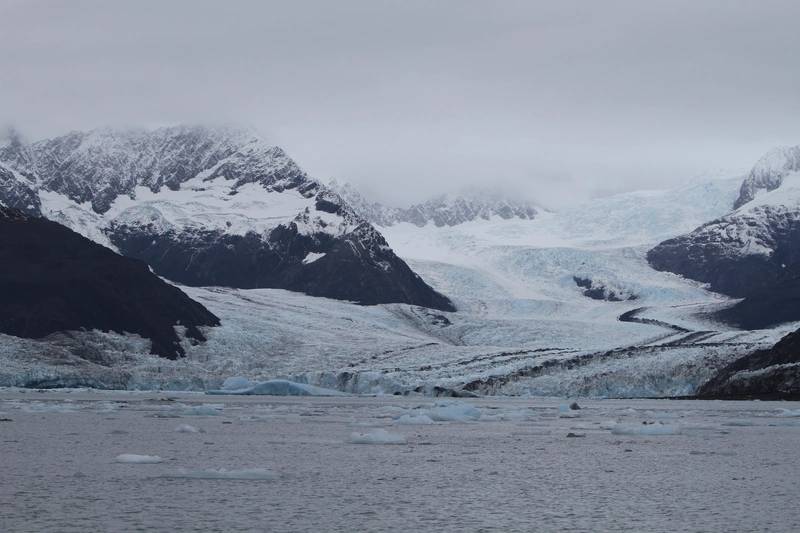 A tidewater glacier in Prince William Sound. ClimateWorks recently awarded a grant to the University of Washington School of Oceanography, United States Geological Survey Alaska Science Center and the Prince William Sound Science Center to measure the rate of alkalinity addition from mineral weathering and the link between alkalinity addition and atmospheric CO2 removal. © Rob Campbell, Prince William Sound Science Center.
A tidewater glacier in Prince William Sound. ClimateWorks recently awarded a grant to the University of Washington School of Oceanography, United States Geological Survey Alaska Science Center and the Prince William Sound Science Center to measure the rate of alkalinity addition from mineral weathering and the link between alkalinity addition and atmospheric CO2 removal. © Rob Campbell, Prince William Sound Science Center.
CDR ASAP
The urgency and scale are daunting. As emphasized by ClimateWorks Foundation program manager Frances Wang and senior director Jan Mazurek, recent research identified the need to remove 10-20 gigatons of CO2 by 2050—and keep this up for hundreds of years, alongside zero emissions to maintain a safe range of global warming. ClimateWorks supports research on and engagement with the development of both natural and technological approaches to CDR. The benefits of this work, according to Wang and Mazurek, are apparent in that the ocean has higher potential for carbon storage compared to land, ocean CDR doesn’t compete for land use and accelerates natural sequestration processes, and some approaches offer opportunities to restore ocean ecosystem health.
“The ocean is a crucial element in our climate toolbox that cannot be ignored; it is one of the Earth’s biggest carbon sinks,” Wang and Mazurek explained. “However, natural processes of the carbon cycle are far too slow to lessen, let alone reverse, our climate change trajectory over the next decades. But if we can accelerate the rate by which the ocean can safely take up and store CO2 to help achieve climate goals, while also bringing current emissions to zero, it is a powerful opportunity to protect the environment and human life.”
Seaweed savior
NASEM’s recent report identified seaweed farming as one of the six ocean CDR techniques being actively pursued. Organizations like Oceans 2050, founded by activists Alexandra Cousteau and Fritz Neumeyer, is one leader in the industry. “Seaweed is a nature-based climate solution,” program manager Joshua Boyce explained. “As the seaweed grows, it pulls CO2 from the atmosphere and top layer of ocean water and converts it into biomass. During its lifecycle, a significant amount of the seaweed detaches and falls to the ocean floor, where it is durably sequestered.”
The benefits of seaweed aquaculture, according to Boyce, are plentiful. When growing seaweed, unlike other natural carbon sinks like trees, there’s no need to add water or nutrients; the marine alga gets everything it needs from the surrounding environment. Seaweed is also quickly becoming popular for bioplastics, animal feed supplements and fertilizer replacement, which further offsets emissions. Furthermore, seaweed farms provide refuge for local biodiversity, reducing ocean acidity and increasing oxygenation.
To advance seaweed farming as a competitive and effective CDR technique, Oceans 2050 is conducting a study to better understand the process and the rate at which carbon dioxide is removed from the atmosphere. The study, which covers 20 farms in 12 countries, is nearly complete, with results to be announced at the end of March during Monaco Ocean Week. With the study results, Boyce shares, “We intend to submit a carbon credit methodology, and generate Verified Carbon Standard carbon credits for the carbon sequestration work our partner farmers are already doing.” And the future of seaweed farming for CDR looks bright. “There are clear guardrails to ensure alignment with Sustainable Development Goals and the local environmental health. Additionally, the biomass generated from these farms is used to offset carbon downstream through biopolymers, feedstock additives, bio-methane and other uses—all multiplying the benefit of this work.”
 This graphic shows how displaced surface waters are replaced by cold, nutrient-rich water that “wells up” from below. Conditions are optimal for upwelling along the coast when winds blow along the shore. © NOAA
This graphic shows how displaced surface waters are replaced by cold, nutrient-rich water that “wells up” from below. Conditions are optimal for upwelling along the coast when winds blow along the shore. © NOAA
Upswell uptick
Elsewhere in ocean CDR technology development, Ocean-based Climate Solutions is dedicated to technique #4—artificial upwelling. Also called enhanced upwelling, this engineered process moves deep water to the surface to grow phytoplankton, the base of the ocean food chain. The natural process of biological pumping involves phytoplankton extracting nutrients from the surface water to trigger ocean photosynthesis, absorbing carbon dioxide and releasing 50-80% of the oxygen humans breathe. “Not many people know this, but the concentration of dissolved nutrients in deep seawater is probably the most important property in terms of its impact on marine life and carbon sequestration,” explained Salvador Garcia, chief revenue officer. Nitrogen and phosphorus play especially crucial roles, stimulating the primary production of the phytoplankton that absorb CO2 in the oceans.
Inspired by the events of Hurricane Katrina, company founder and CEO Philip Kithil was moved to design a wave-powered ocean pump to cool the ocean’s surface and in turn, lower the intensity of hurricanes. Coincidentally, this process also simulated artificial upwelling, and subsequent research by the University of Hawai’i and Oregon State found that pumping water from below 200 meters triggered phytoplankton blooms at the surface. The company’s technology is designed for deployment in “ocean deserts,” Garcia said. “We believe if the war on climate change is to be won or lost, it will be in our oceans. 71% of the Earth’s surface is ocean. 65% of the earth’s surface is ocean desert, or void of life. A blue ocean is a dead ocean.”
The pump itself consists of three parts: a buoy at the ocean’s surface with an outlet five meters below the surface, a fabric tube (initially spooled around the buoy) that measures 500 meters long by 1.9 meters in diameter and is attached to the outlet and a one-way bottom-weight valve that primes the tube with seawater as it sinks to a half kilometer depth and helps keep the pump vertical in the ocean. “When the buoy falls on a wave, the bottom one-way valve opens, allowing the cold, nutrient-rich deep ocean water to enter from the bottom. When the buoy rises on a wave, the bottom one-way valve closes, and the water in the tube rises until it reaches the outlet,” Garcia explained. The buoy is also equipped with scientific instrumentation to collect data like temperature, wave height, water floor rate, strain gauges and GPS location. The measurement of CO2 is gathered with a biogeochemical Argo that has a variety of sensors, like a fluorometer for chlorophyll that depicts the concentration of phytoplankton in ocean deserts. The algorithm then model phytoplankton growth during the next 48 hours.
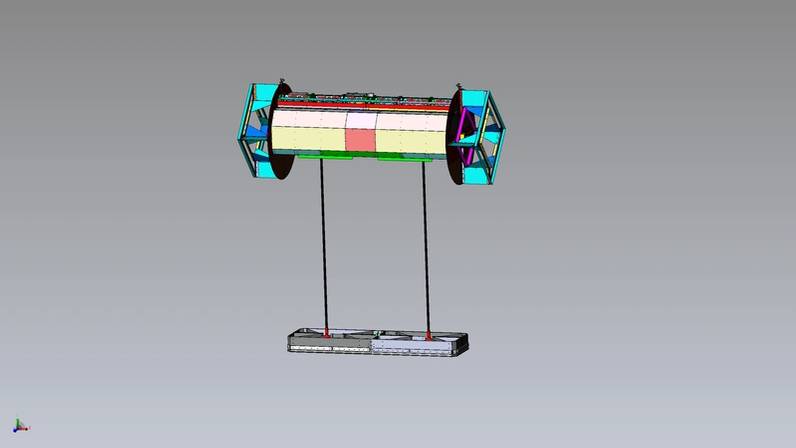 Ocean-Based Climate Solutions Inc.’s latest design for 2022 to be deployed in April and July. Buoy and outlet shown here. © Ocean-based Climate Solutions, Inc.
Ocean-Based Climate Solutions Inc.’s latest design for 2022 to be deployed in April and July. Buoy and outlet shown here. © Ocean-based Climate Solutions, Inc.
Countdown to 2050
Ocean CDR looks increasingly promising, from urgency driving current research to the foundation of active solution development. Techniques like seaweed farming are underway, boasting a comprehensive list of benefits. Artificial upwelling, Garcia predicts, could have enormous impacts: “If we deploy 4000 pumps—this will reduce approximately 1 million tons of CO2 (a megaton). We estimate that four million pumps deployed would sequester about 1 billion tons of CO2 (a gigaton).”
At the same time, only further investigation can make ocean CDR a reality. “We need more responsible experiments and deliberate and pervasive monitoring of the ocean carbon cycle. These experiments themselves would not cause irreparable harm to the ocean, but it’s essential to make smart choices about how to reduce suffering and loss due to climate change,” Buesseler said. Federal, academic and philanthropic research and support are crucial for the commercialization and mass rollout of CDR techniques.
With only 28 years until 2050, the clock is ticking. Ocean CDR presents an attainable and effective way to enhance and accelerate natural carbon processes and a possible game-changing solution to reduce emissions. As Buesseler puts it aptly, “The alternative—doing nothing—is a path we are on today that has severe consequences for humanity.”
 The BGC Argo is designed to measure from a 1000 meters depth to the surface three to four times a day—measuring the amount of CO2 grown near the pump. © Ocean-based Climate Solutions, Inc
The BGC Argo is designed to measure from a 1000 meters depth to the surface three to four times a day—measuring the amount of CO2 grown near the pump. © Ocean-based Climate Solutions, Inc








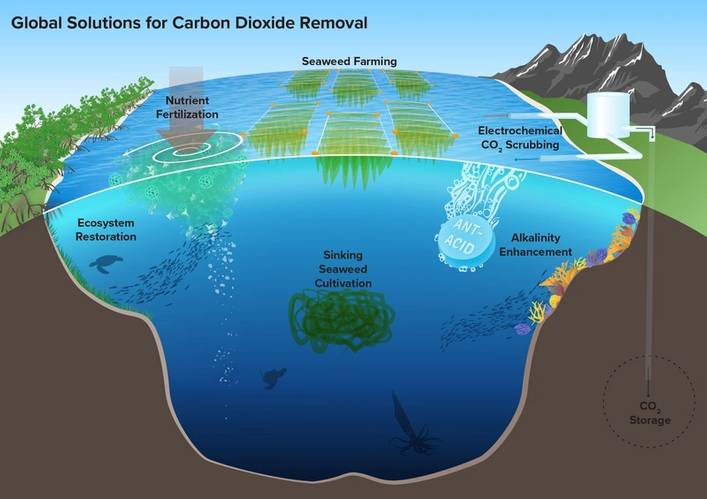
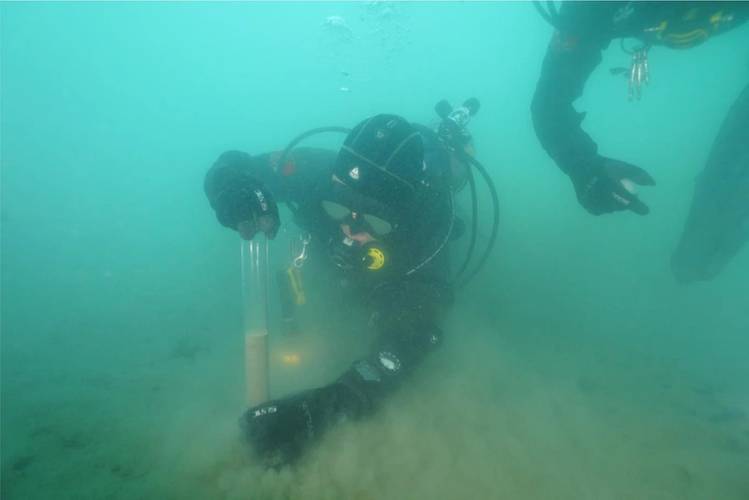

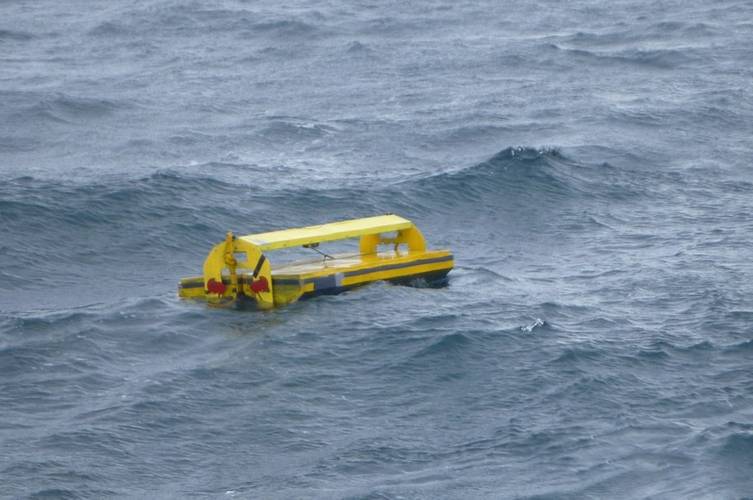
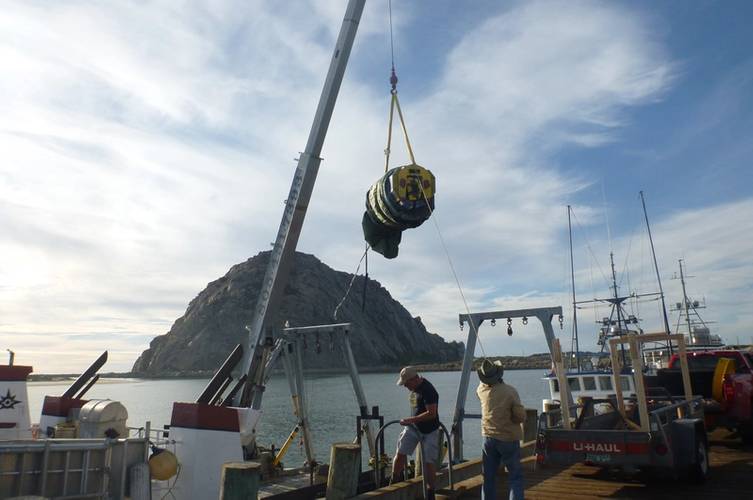
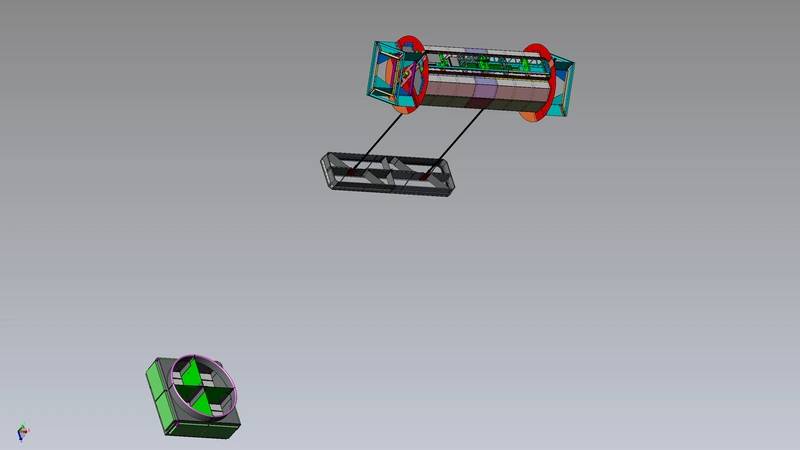
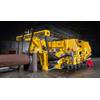
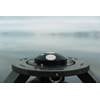
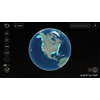












 February 2024
February 2024



